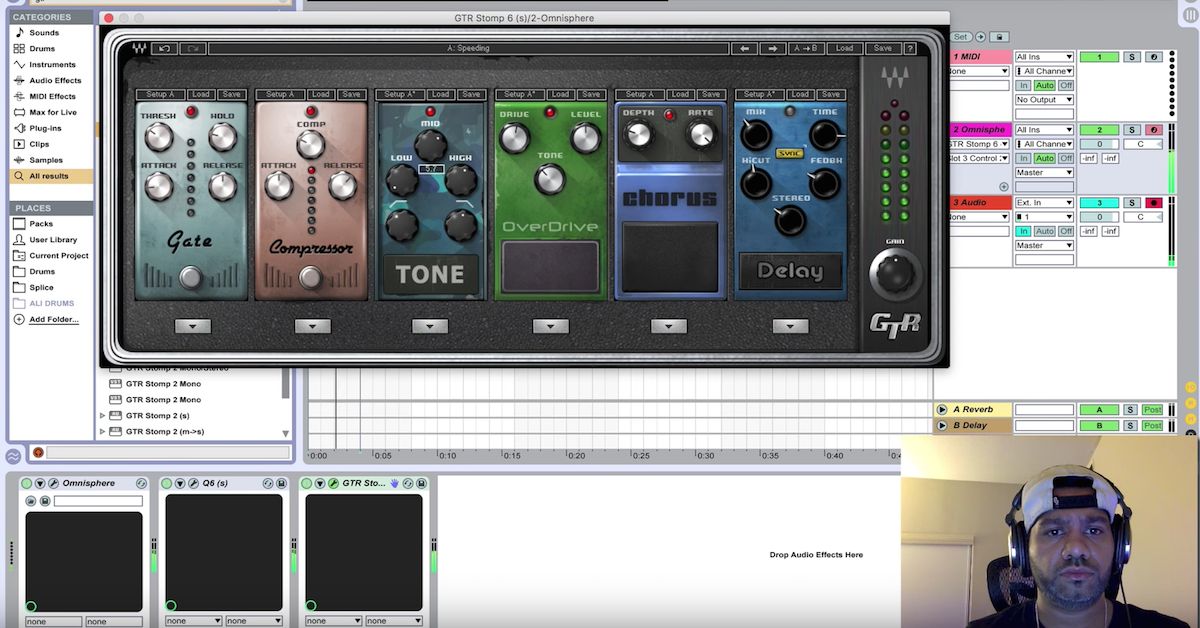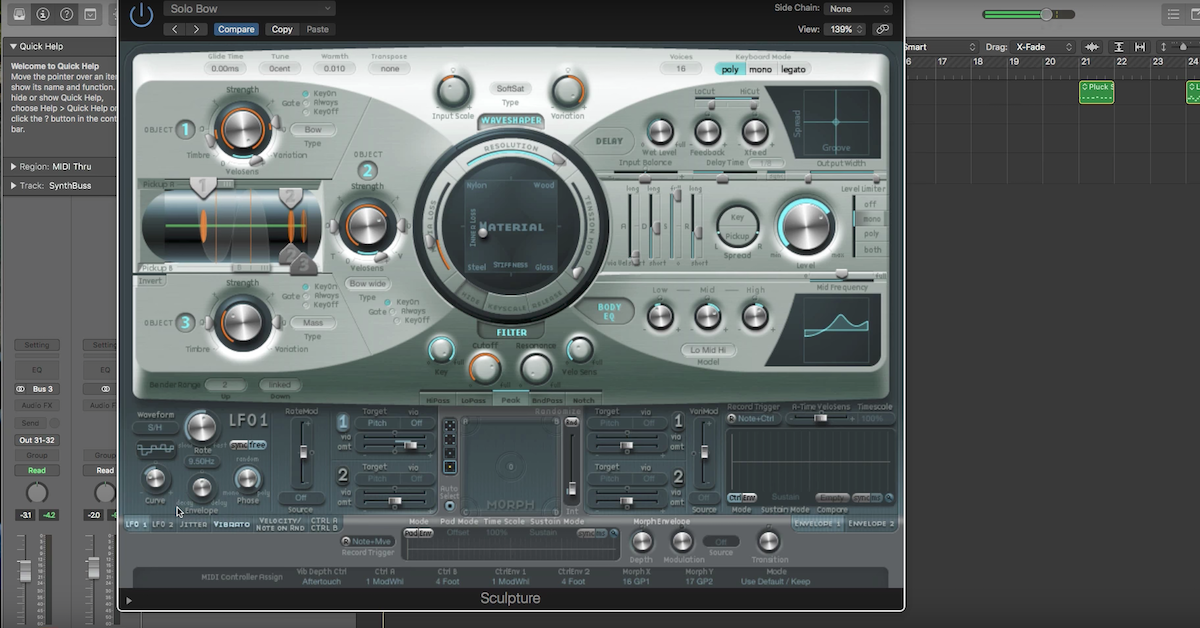5 Essential LFO Parameters You Should Know
Article Content
The LFO or low frequency oscillator is present in pretty much any synth (virtual or hardware-based) that offers modulation possibilities. Below are five of the most common parameters you will come across.
1. Rate
Low frequency is defined as being somewhere below the audible audio rate of 20Hz. In practice, LFO rates are typically set around 10Hz or lower. A common setting for vibrato, which is essentially an LFO that modulates pitch, is around 6Hz.
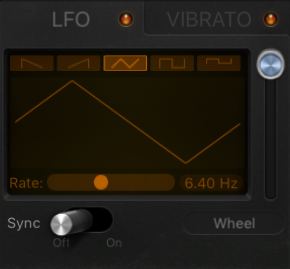
Higher settings are useful for shimmering and special effects depending on what’s being modulated.
Rates can often be synced to a division of the beat and hence based on the tempo of the session. Typical nomenclature for divisions include:
1/8 — 8th note
1/8t — 8th note triplet
1/8d — dotted 8th note
1/16 — 16th note
1/16t — 16th note triplet
1/16d — dotted 16th note etc.
Divisions can be as small as a 1/64 note and up to 32 bars for long structural transitions.
Rates can also be free, with a control for cycles per second (Hz), independent of the tempo.
2. Waveforms
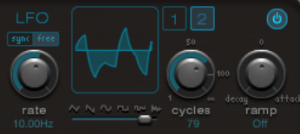
LFO are periodic waveforms that repeat based on their rate. Typical waveforms are: Sine, Triangle, Sawtooth, and Rectangle.
Often LFO sections will include random generators that are not periodic such as Sample and Hold (S&H), Sample and Hold Interpolated (smoothed), Jitter (stepped limited random movement), various flavors of noise, or side chain inputs that allow an external audio input to act as a modulation source. In some synths, periodic waveforms can be morphed, altered or combined in interesting ways to create hybrid shapes. The image to the right is from Logic Pro’s Ultrabeat LFO section, which has a slider below the waveform choice that morphs elegantly between shapes.
3. Intensity
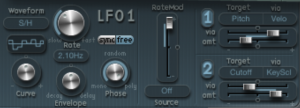
The impact of an LFO is usually controllable by a parameter called Intensity or Amount. This allows the LFO to have an exaggerated or subtle influence based on your needs. Some LFO sections also have a built-in envelope feature that allows you to control the onset (delay) or decay time of the effect of the LFO. For example, with a long delay time set, the LFO would not have any effect at the start of note, but be gradually faded in as the note is sustained.
Other parameters that can influence the effect of an LFO can be velocity, mod wheel or other MIDI controllers. In Logic Pro, these can be set using the Via settings, but every application has its own terminology.
4. Polyphonic and Monophonic LFOs
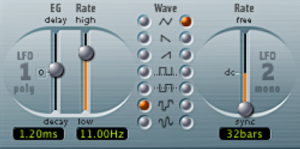
Sometimes there is choice to use either a Polyphonic or Monophonic LFO. With a polyphonic setting, each new note played will use a dedicated LFO so it would be possible to have several going at once. With a monophonic setting, all notes played will use the same LFO.
The context will dictate what is most appropriate in your situation.
5. Target
Finally, the Target setting directs the LFO signal path to the parameter to be modulated. It is often possible to use the same LFO to modulate multiple parameters. In the modulation routing section of Logic Pro’s ES 2 pictured below (also found in the EXS24 sampler), you can assign up to 10 individual sources and targets, each with separate controls for intensity and via control.

Conclusion
Aside from a few idiosyncratic parameters specific to particular synths on the market, LFOs have just a handful of relatively simple controls. Understand these and you’ll have a firm grasp on how to get that sound you’re after.
In the next article, I’ll discuss the use of envelopes for the modulation of amplitude and other parameters to shape the timbral contour of your sound.
Check out my other articles, reviews and interviews
Follow me on Twitter / Instagram / YouTube



